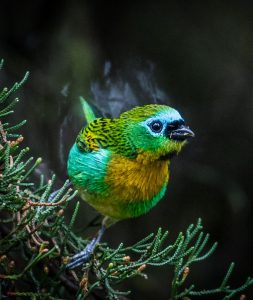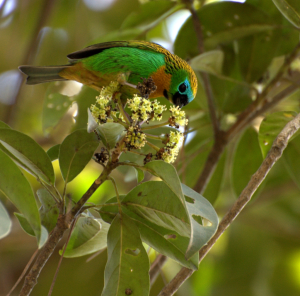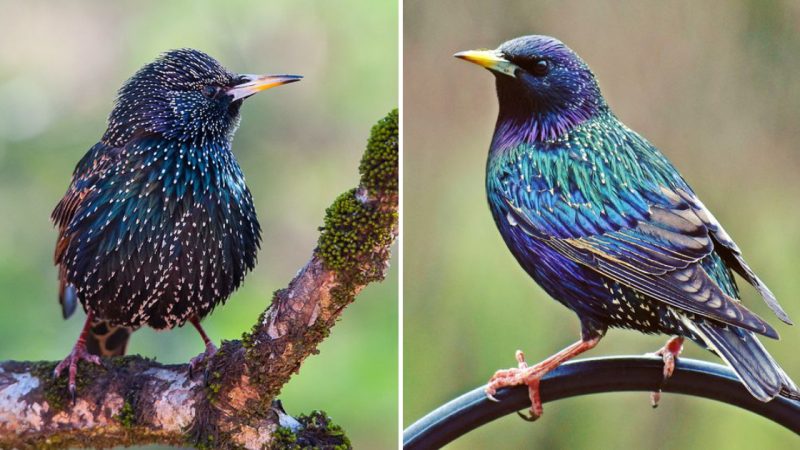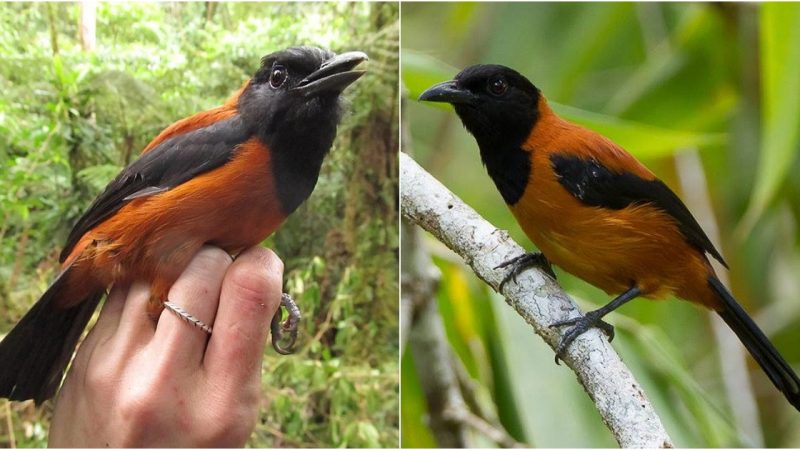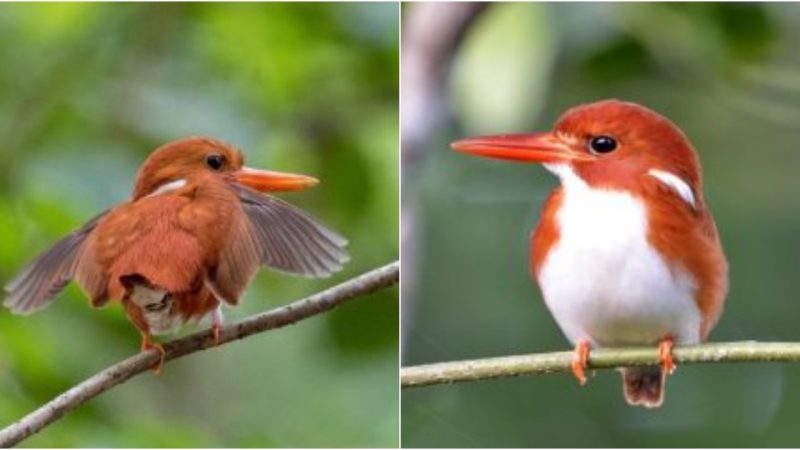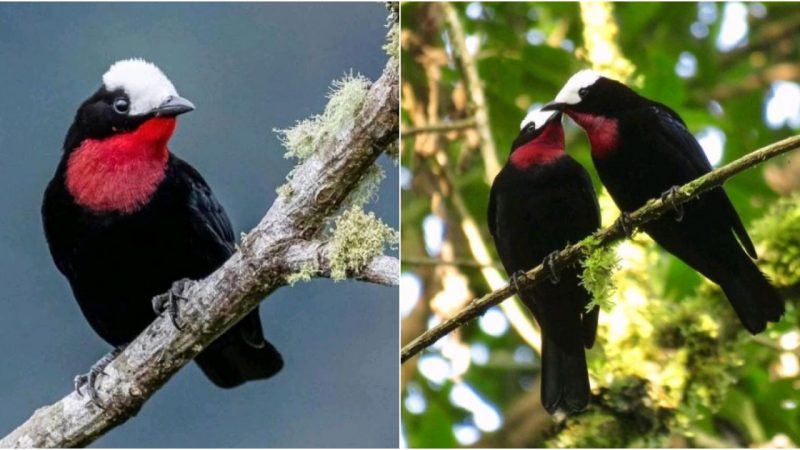Introducing the Brass-Headed Tanager A Small Forest Dweller with an Unquenchable Energy

Meet the Brass-Headed Tanager (Tangara desmaresti), a captivating and highly colorful bird that calls the forest its home. This small avian species is constantly on the move, rarely settling down for long periods of time.
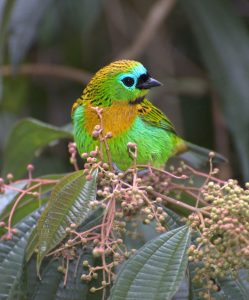
With its flashy brass-colored breast and vividly colorful feathers, the Brass-Headed Tanager stands out in the avian world. Measuring only 13 centimeters in length and weighing around 21 grams, this tiny bird boasts a predominantly green to yellow plumage, complemented by a vibrant blue forehead and eye ring. Its orange breast, green flanks, and yellow belly complete its dazzling appearance. The black bill and throat patch add an extra touch of elegance.
The Brass-Headed Tanager is commonly found in higher elevations, ranging from 800 to 1800 meters, along the coastal southeastern region of Brazil. It thrives in the canopy of montane forests, wooded areas, humid Atlantic forests, and secondary-growth forests.
Feeding primarily on arthropods like caterpillars, spiders, and plant hopper nymphs, as well as indulging in fruit such as melastone berries, the Brass-Headed Tanager is an essential part of the forest ecosystem.
During the breeding season, which occurs between January and February in Rio, the Brass-Headed Tanager constructs nests using twigs, lichen, bamboo leaves, and spider web silk. While both male and female birds contribute nesting materials, only one of them builds the nest. The eggs, speckled with fine gray spots, are incubated for approximately 12 to 13 days. The male may assist the female by providing food during this period.
Considered a fairly common species, the Brass-Headed Tanager is not currently classified as being of Least Concern by the International Union for Conservation of Nature (IUCN) Red List.
To experience the enchantment of this forest dweller, you can watch and listen to its captivating presence in the video provided. Share these wonderful shots with your friends and family who appreciate the beauty of birds.

